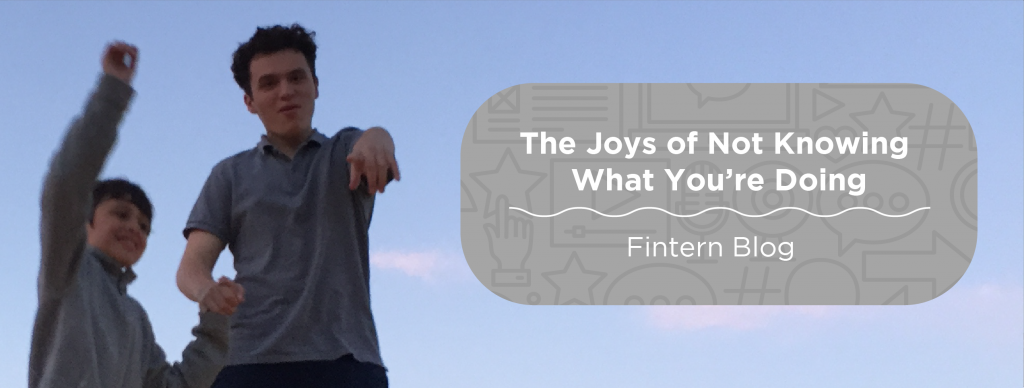- Miscellaneous

My entire artistic career, I have had no idea what I’m doing.
From my start in drawing ridiculously bad comics in middle school to a short series of Jackson Pollock-style drip paintings, I have improvised technique and learned as I went along, using accidents and mistakes as a way to teach myself what worked and what didn’t. I’ve never been one for formal lessons of any kind, which has forced me to be a problem solver.
For a long time, that inclination to treat art like something that had to be solved applied itself to abstract painting. Each painting presented itself as a puzzle that just needed to be pieced together in the right way. However, a fascination for movie posters drove me to apply those skills to a separate discipline: design.
But even with design, I didn’t always know what I was doing. Even though I had a fair grasp of Photoshop, I was terrified of essential design programs like Illustrator, and I couldn’t even begin to tell you what a grid-based composition was. I was playing everything by ear, and, frankly, I was getting a little sick of it.
The solution to that? Design school. While many of my peers chose to pursue other careers, I decided I wanted to really learn design. I wanted someone to tell me what to do and how to do it. So, my first year at Penny W. Stamps School of Art and Design, I expected to be enlightened, bestowed with immense amounts of design wisdom. But a semester passed, and I still thought I had no idea what I was doing. Instead of being told exactly how and what to design, I was given open-ended prompts that—once again—forced me to be a problem solver.
At that point, I thought that the best way to gain concrete knowledge would be to work in a professional design environment—so I contacted 2 Fish Company and applied for an internship. I was excited; design internships are few and far between, so I was lucky to get one this early. I was ready to be a real designer, to learn exactly what and how to design.
Come May, I walked into the 2 Fish Co. office, bright eyed and ready for some concrete knowledge. What actually happened? I was forced, once again, to be a problem solver. Within a week of arriving, I had started using programs and interfaces I had never touched and some I hadn’t even heard of. I learned a small amount of CSS coding by developing a blog for a church, and I learned how to use InDesign by designing a program for a soccer game. I was asking an enormous amount of questions, and at times I felt confused and lost.
What I didn’t initially realize was that the entire time, I had been learning concrete design skills. Through working on projects, I became familiar with necessary tools. Through my work being proofed, I learned what to do and, more importantly, what not to do.
But more than anything else, I’ve learned what the life of a designer is really like. In many ways, it is the opposite of what I expected, but—interestingly enough—it’s more exciting and engaging than I had ever thought it would be. Every assignment I receive is a problem that needs to be solved, and with every finished assignment, I gain a new set of tools which I can use to solve the next. Whether it’s learning about how to use type expressively through designing blog graphics or learning how to design titles by editing an instructional video on marketing, my work at 2 Fish Co. has helped me gain concrete design skills in a natural way. I may not always think I know what I’m doing, but I’m starting to realize that maybe I have all along.
SHARE IT!
-
Miscellaneous
Unveiling the Power of Marketing Awards: How Recognition Transforms Client Success Stories!
-
Culture
Tools of the Trade




